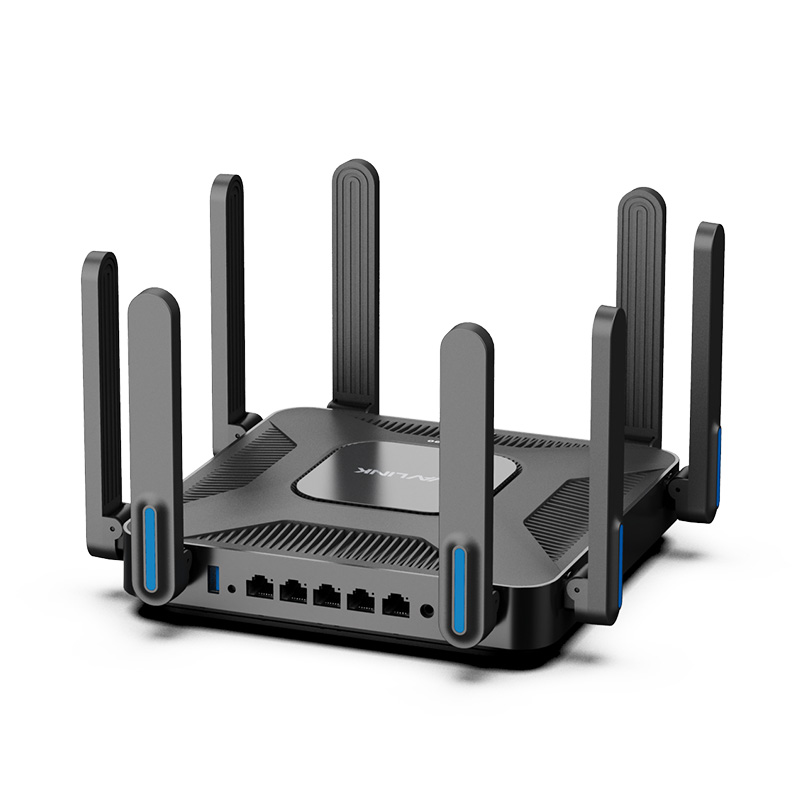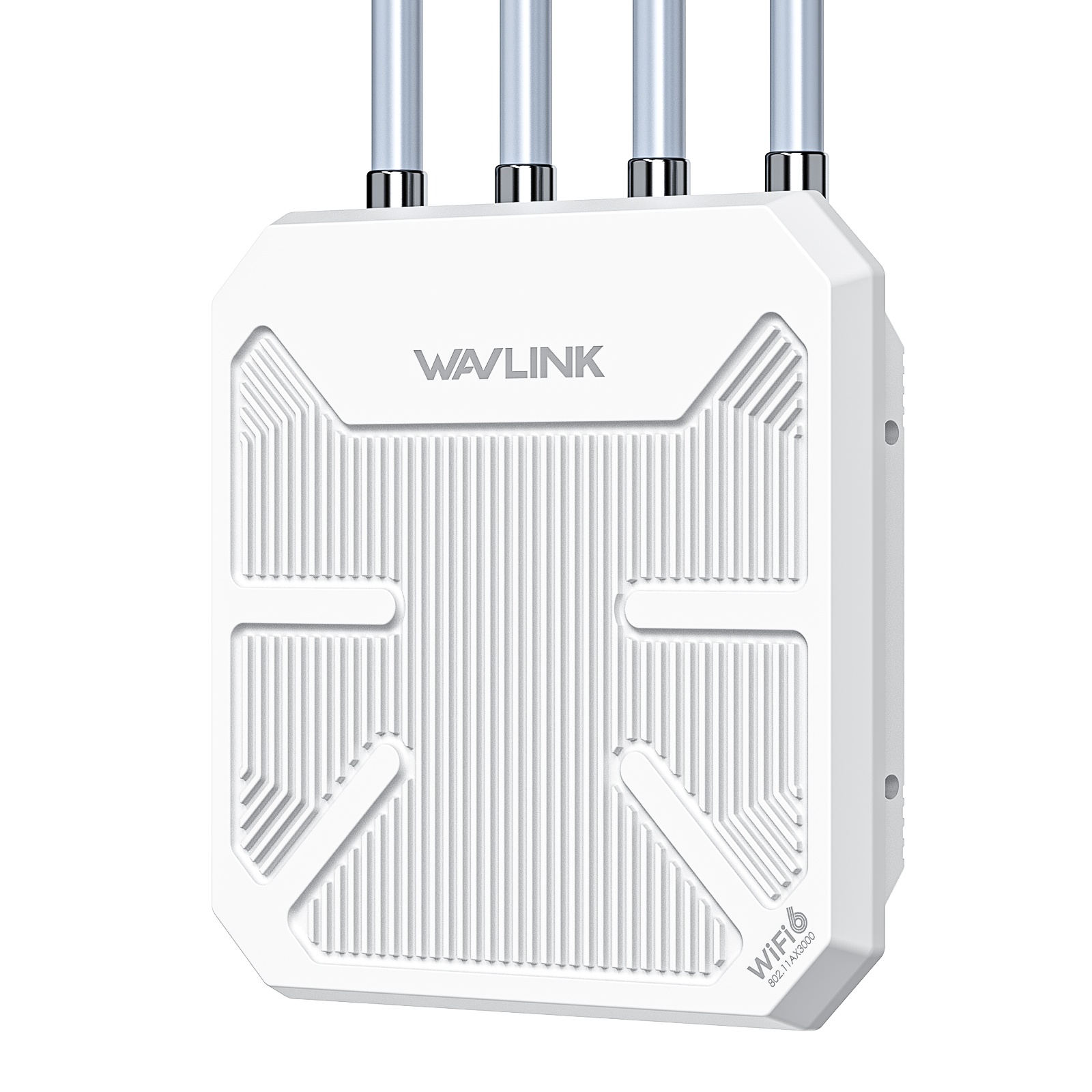Have you ever found yourself at home, eager to surf the web, play games, or stream your favorite shows, only to be frustrated by agonizingly slow internet speeds? It's enough to make you want to toss your WiFi router out the window. But fear not, for we have good news! In this article, we will introduce you to 10 fantastic methods to help you overcome the annoyance of network lag and enjoy a smoother online experience!
1. Optimize Router Placement:
The placement of your router has a significant impact on signal coverage and strength. Choose an open location free from heavy obstacles that can cover multiple areas where you often need a network connection. This can enhance signal coverage and improve network quality.
2. Upgrade Router Firmware:
Just like your phone needs operating system updates, wireless routers require timely firmware upgrades. Check your router's management interface or the manufacturer's website for available firmware updates. These updates can unlock your device's full potential and boost connection speeds.
3. Switch to Dual-Band Mode:
If your router supports dual-band, consider switching between the 2.4GHz and 5GHz frequency bands. The 5GHz band offers faster and more stable speeds but has a smaller coverage range than 2.4GHz. When you're farther away from the router, such as on a balcony or in a courtyard, try switching to the 2.4GHz network to improve signal coverage.
4. Change Channels to Avoid Interference:
Suppose your home area has crowded wireless signals, suspecting interference from neighbors' networks. In that case, you can enhance network speed by adjusting the channel settings in your router's management panel to select alternative channels and avoid interference.
5. Clear Unwanted Guests:
Network congestion can also slow down your internet speed. Check if your Wi-Fi password is too simple, allowing others to intrude. If neighbors are using your Wi-Fi to download large files, it can affect your network speed. By disconnecting unused devices, you can free up network signals and improve speed.
6. Ensure Priority Tasks:
Most routers provide Quality of Service (QoS) tools that enable you to prioritize certain tasks, such as giving preference to video calls over other download activities. This ensures that your network speed isn't affected by other household members' downloads while you're on a call.
7. Use WiFi Extenders:
If some rooms are far from the router or have thick walls obstructing signals, consider using a WiFi extender, WIFI Booster, or WiFi Repeater to expand your wireless network. These extenders can wirelessly connect to the main router or be connected via Ethernet to boost signal coverage and stability.
8. Use Powerline WiFi Adapters:
Using powerline adapters is a unique way to extend your wireless network. This solution is ideal when WiFi extenders aren't an option, and wiring isn't convenient. Powerline adapters connect the child device to the parent device through your home's electrical wiring, delivering wireless signals to areas with poor coverage.
9. Upgrade to Next-Gen Routers:
If you've been using your router for many years, it may be outdated. The latest Wi-Fi 6 technology offers faster speeds compared to the previous Wi-Fi 5 generation and can better handle connections with multiple devices. Consider investing in a powerful, next-gen router to meet your need for faster internet.
10. Whole home Mesh WiFi network:
If you're looking to completely solve the issue of whole-home wireless network coverage, a Mesh network is an excellent choice. A Mesh network consists of multiple routers that work together to create a network, ensuring that you can access a stable and powerful wireless signal from anywhere in your home. The beauty of a mesh network is that all node routers use the same Wi-Fi name (SSID) and password. This means you can seamlessly connect to the wireless network from anywhere in your home without manually switching to the nearest router. So, whether you're moving from the living room to the garage or the backyard, you don't have to worry about buffering or interruptions while watching your video.
Additionally, Mesh networks typically cover 5,000 square feet. If you live in a small apartment or a compact house, you won't need a Mesh network. Simply upgrading to a better router should suffice.
Get the Scoop First
Subscribe to our official website to receive exclusive first-hand news and stay up-to-date on our new product releases and promotions!



